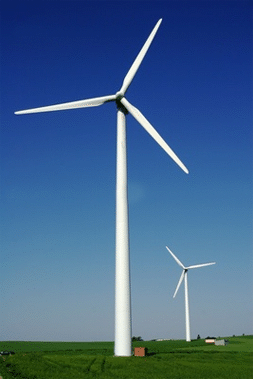The Global Market for Offshore Wind Energy
Status Quo and Market Potentials until 2030
The growing offshore wind energy (OWE) market is in a new phase of development. Firstly, installed capacity increased by over 10 % (1.7 GW) only in the first half of 2017 to over 16 GW installed (worldwide). Secondly recent tenders have resulted in low prices, down to zero bids. The auction for German offshore wind farms which ended in spring 2017 resulted in 0.0 ct/kWh for 3 parks with 1,380 MW – out of 4 parks being tendered.
Offshore wind parks not needing any subsidies (only grid connection) any more are expected to speed up the international market in an impressive and enormous manner. Many countries will now be able to realise a bigger share of renewable energy in their energy mix. This study analyses the future market development until 2030, expecting about 220 GW installed OWE worldwide (best case scenario).
The whole industry will therefore benefit, if it handles the opportunities in the right manner:
- Cost reduction potentials
- Sector coupling: use of electricity in the heating and transport sectors, using e. g. Power-to-gas
- Storage: storing the electricity produced in offshore wind farms will be a main driver for integration
- Enhanced or new technologies, e.g.
- New turbine sizes – up to 15 MW
- New foundation structures and technologies
- New concepts for installation and logistics
- Leading to new production facilities, enabling serial production
- New markets in the latter part of the value chain: operations and maintenance up to repowering or dismantling are fastly growing markets, due to the installation numbers which have been seen in the last years and are expected now
- Emerging or new markets in terms of countries, e.g. Taiwan, Japan, South Korea, USA, but also some European, South American or African countries heading to this form of electricity generation.
Nevertheless there still are a bunch of important challenges and risks:
- Political support – framework conditions, especially for
- Grid connection
- Integration in the national energy system
- Further implementation of the „Energiewende“/energy transition – fossil fuel phase-out
- Consolidation and concentration in the industry lead to a rising level of competition
- Rising water depths and distances from the shore will increase costs (capex and opex)
- Rising electricity and energy prices, among others due to CO2-price increase, ETS (emission trading scheme)
- Increasing interest rates
- Delays in technical developments/achievements
